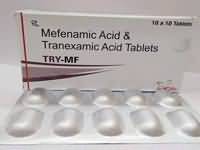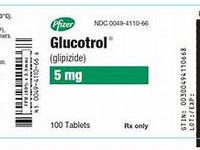Tranexamic acid

CLINICAL USE
Haemostatic agentDOSE IN NORMAL RENAL FUNCTION
Oral: 1–1.5 g every 8–12 hours (15–25 mg/ kg every 8–12 hours) IV: 0.5–1 g every 8 hours (25–50 mg/kg daily in divided doses) Dose depends on indicationPHARMACOKINETICS
DOSE IN RENAL IMPAIRMENT
GFR (mL/MIN)
DOSE IN PATIENTS UNDERGOING RENAL REPLACEMENT THERAPIES
IMPORTANT DRUG INTERACTIONS
Potentially hazardous interactions with other drugsADMINISTRATION
Reconstition
–Route
IV, oralRate of Administration
Slow bolus =100 mg/minute or continuousIV infusion
in glucose 5% or sodium chloride 0.9%Comments
–OTHER INFORMATION
A 5% topical solution can be made up using the IV preparation, mixed with water for injection. This can be used as a mouthwash to stop bleeding after dental surgery, or placed on a swab to reduce bleeding at fistula or other bleeding sites if conventional measures have not worked (anecdotal) .
See how to identify renal failure stages according to GFR calculation
See how to diagnose irreversible renal disease
Home








